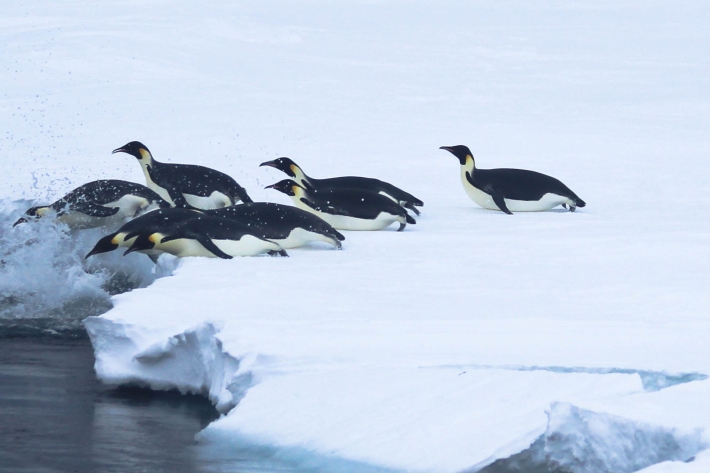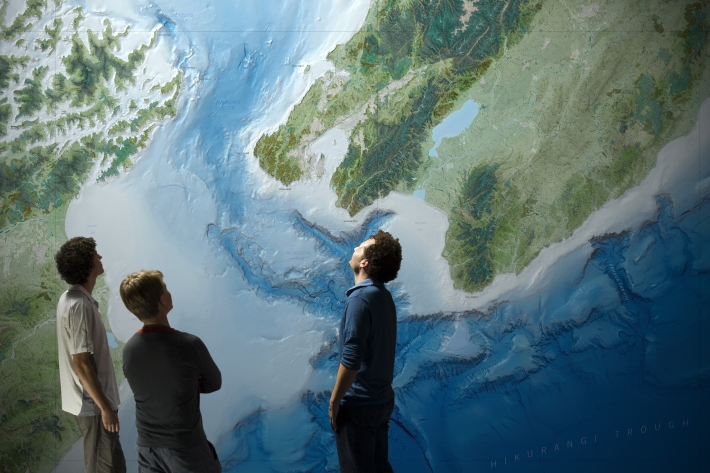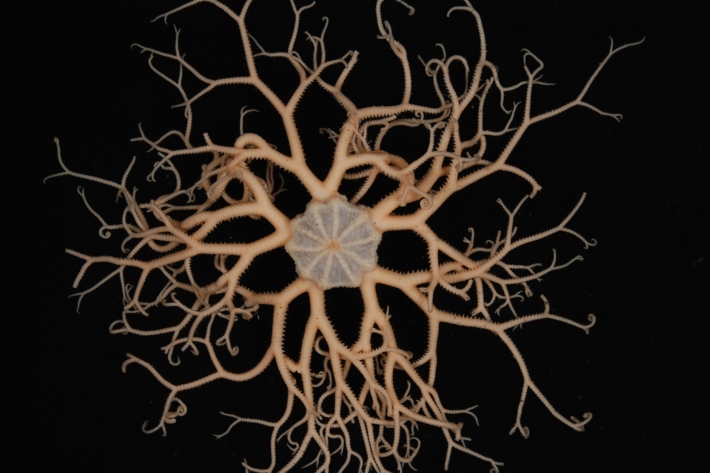-

Emperor penguin foraging behaviour revealed
Media release06 June 2017An unavoidable delay in a research ship’s voyage to Antarctica resulted in some surprising and important findings about the behaviour of emperor penguins. -

Investigating ocean acidification
Feature story06 June 2017The world’s oceans are acidifying as a result of the carbon dioxide (CO2) generated by humanity. -

Charts
Publication seriesCharts of coastal bathymetry, sediment, and other information are available for purchase. -
Splendid Sponges
An interactive guide to the sponges of New Zealand. -

Coldest seawater discovered
Feature story06 June 2017The coldest seawater on earth could help scientists understand why Antarctic sea ice is growing in a warming world -

RV Tangaroa
FacilityRV Tangaroa is New Zealand’s only ice strengthened and dynamically positioned deep-water research vessel. -

Marine geological hazards
Education ResourceNew Zealand faces a variety of hazards associated with undersea geological activity. -

Mountains in the Sea: the Louisville Seamount Chain
We are currently steaming out towards our survey area, the Louisville Seamount Chain, which is about 1500 km from Wellington. -

Critter of the Week: The Gorgon’s Head - Gorgonocephalus
A basket star was the first reported animal trawled up from the deep sea back in the early 1800s so they have a spot in the history books of deep ocean exploration. -

Population modelling software
Casal2 is an advanced software package developed by NIWA for modelling the population dynamics of marine species. -

Wave hazard research
Research ProjectNIWA collects wave data, develops and verifies wave forecasting systems, and is developing and producing wave projections.
